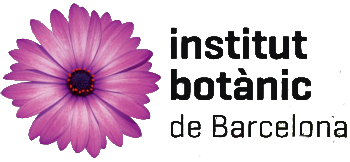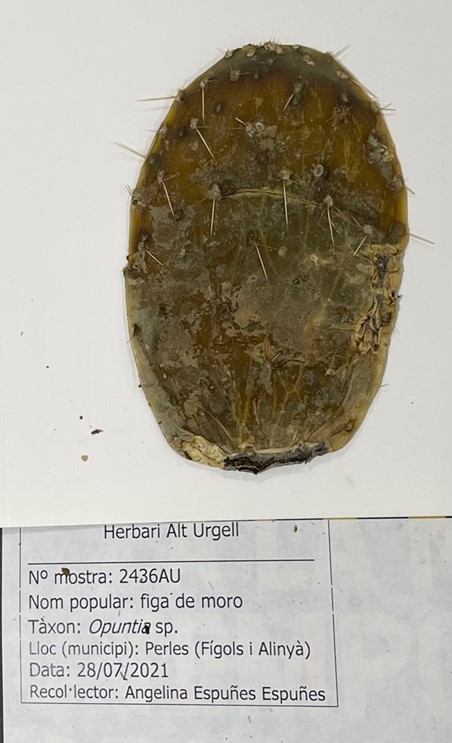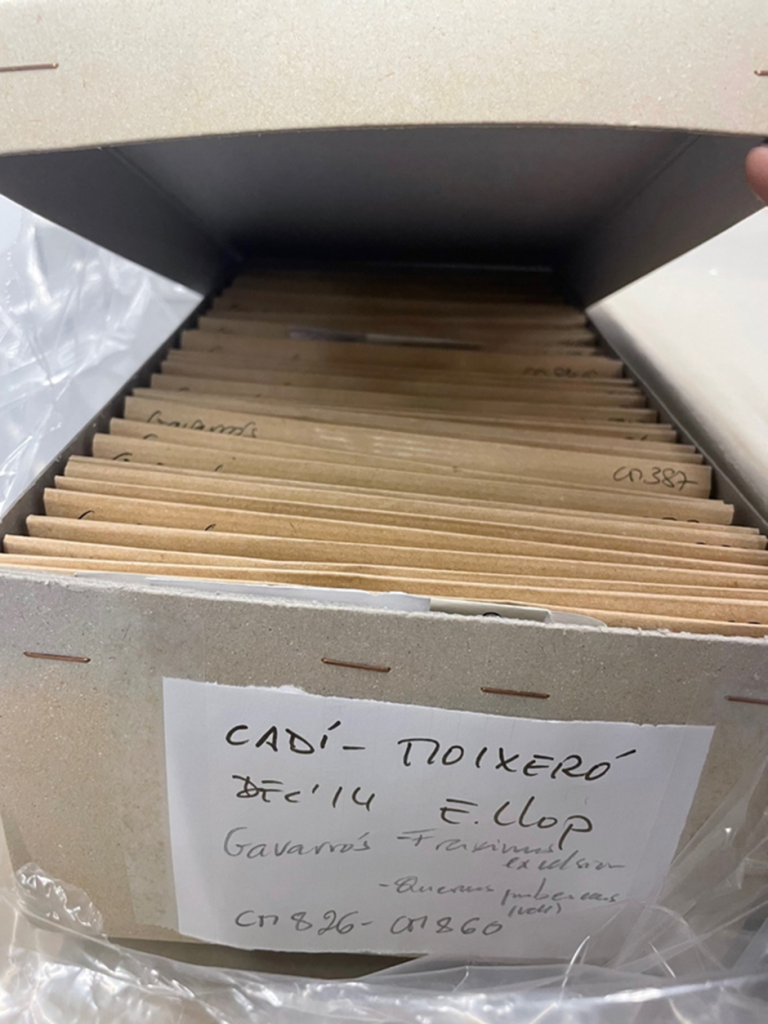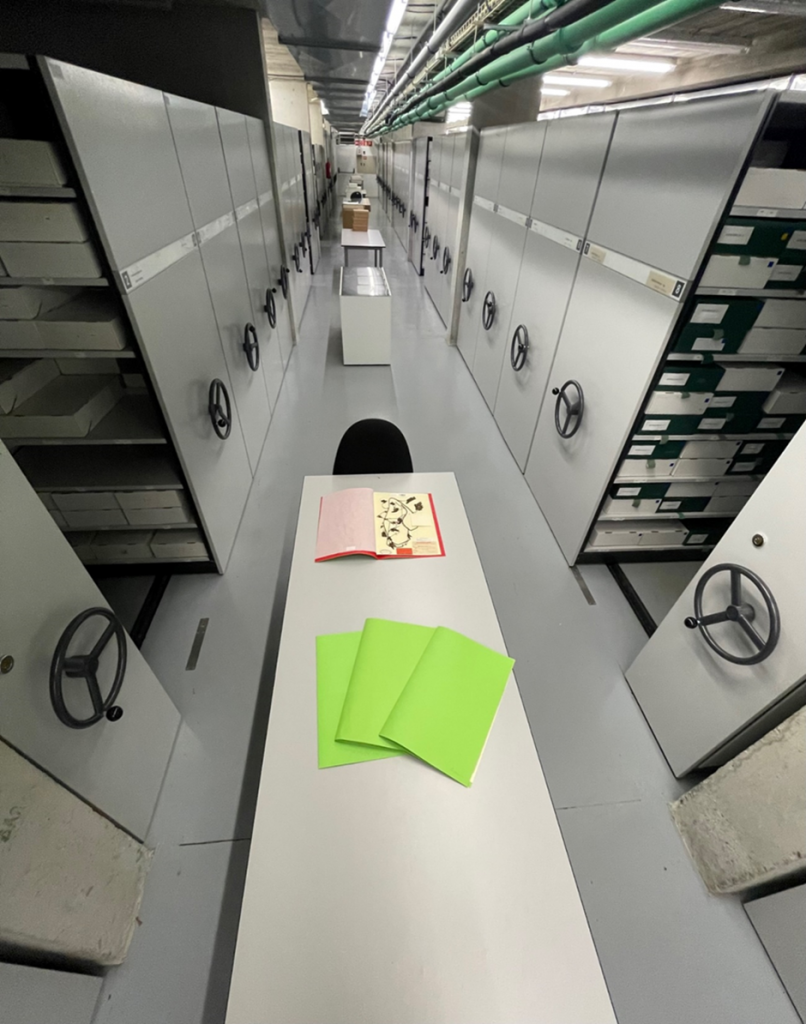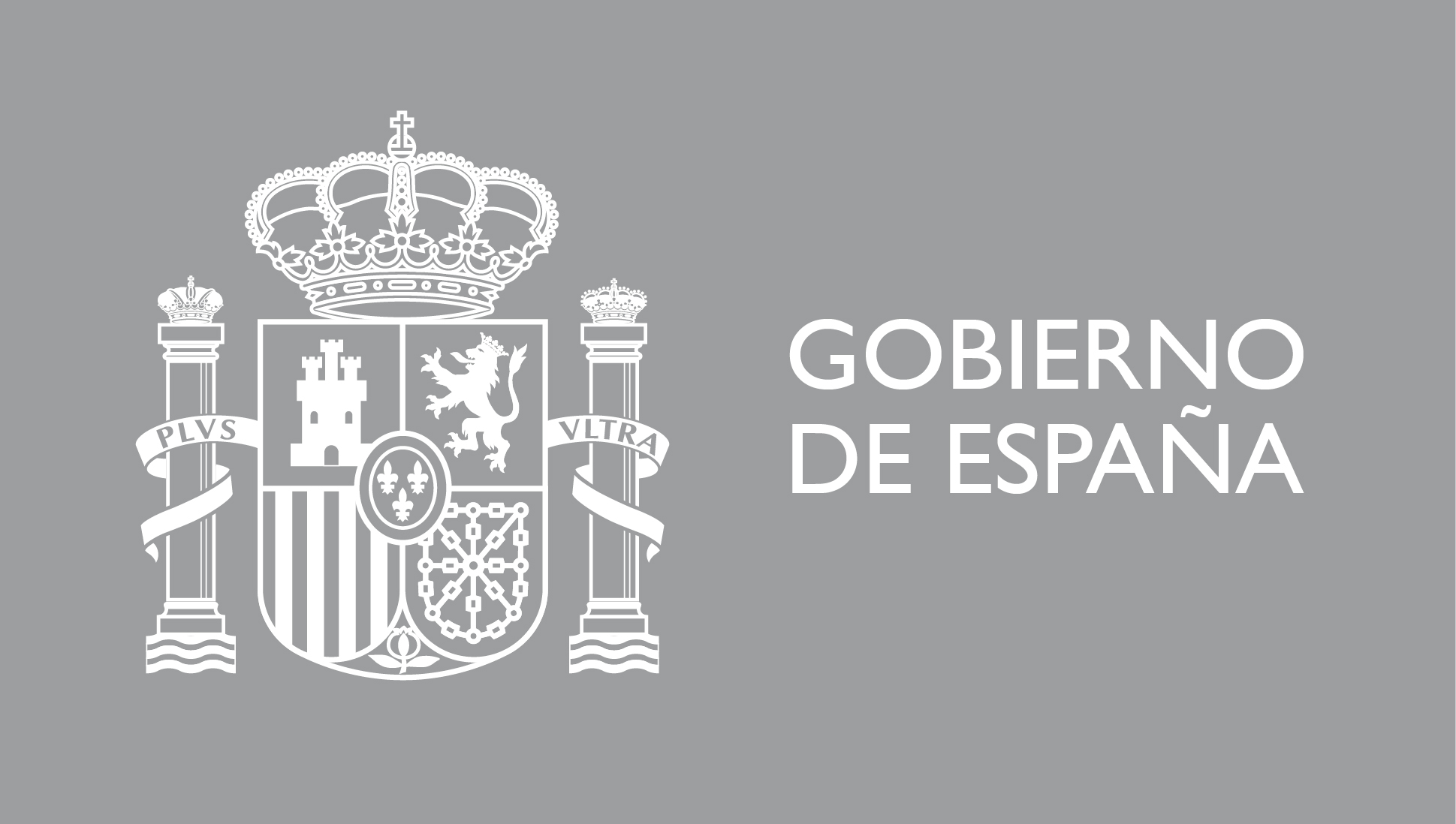New donations received at the BC Herbarium illustrate the versatile nature of natural collections
The applications of herbarium material and its associated data have grown remarkably in the last decades, although the way of processing the specimens has not changed in the last 300 years. In this aspect, the number of applications that the collections conserved in the BC herbarium have also increases as the material that scientists have used over time for their research is incorporated.
In 2022, different donations were received consisting of material from cytogenetic, ethnobotanical, and floristic analyses, among others, which perfectly illustrate the transversal use of natural collections as a support for different studies.
On the one hand, 80 specimens from the Ecology, Systematics and Evolution laboratory of the University of Paris were incorporated. Many of these plants, donated by Prof. Sonja Siljak-Yakovlev, were characterized in terms of chromosome number, fluorescent in situ hybridization, genome size and organization, phylogenetic and systematic position, etc.
On the other hand, 154 sheets and 1 batch of ethnobotanical seeds donated by the researcher Jacint Altimiras and collaborators were incorporated. The popular names of the plants that grow in the Pyrenees, specifically in the Alt Urgell region, are listed on the labels of these herbarium sheets.
Finally, a large donation of 2,038 lichens was received from Dr. Esteve Llop, collected mainly in the Cadí-Moixeró Natural Park. This will allow a better understanding of the lichen composition in high mountain environments.
All this valuable material will be carefully preserved in the BC herbarium, located on the Montjuïc mountain and isolated from the external environment thanks to the control of temperature and humidity that allows us to ensure the perfect condition of the specimens. In this way, we also ensure that the following generations of botanists can continue walking the path that others began and continue studying these interesting specimens that now rest in Barcelona.

